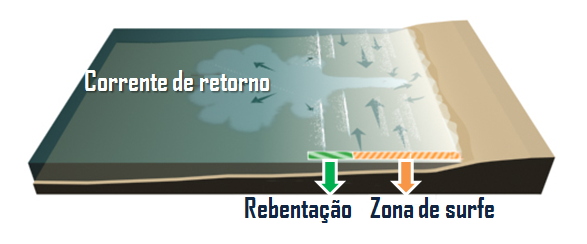How to build resilient coastlines
As the oceans rise and wave energy increases as a result of climate change, communities around the world are wondering how best to shore up their coastlines, reduce flooding and protect valuable habitat for wildlife and recreation. Here’s the answer in an oyster shell: natural infrastructure solutions.
Everyone's talking about natural infrastructure
Natural infrastructure solutions are all the rage now, because we’ve discovered that they bring lots of benefits for coastal erosion, wave energy and flood risk reduction while improving coastal ecology. Sometimes natural infrastructure can even be less expensive and more resilient. In many cases, we can use volunteers to create oyster reefs, as we did on the Arlington Cove project for the Nature Conservancy.
But natural infrastructure alone is not a universal panacea to replace more traditional gray, "hard" infrastructure. Natural infrastructure — such as planting mangroves or installing new material for oyster reefs — can help reduce wave energy and flooding in some settings. But where wave forces are high, near-shore water depths are great or the coastal strip is narrow, a hybrid approach (a combination of gray and green) is needed to create resilient coastlines.
What’s new?
We’re seeing a big shift from smaller natural infrastructure projects created by scientists and local property owners to replace old bulkheads or other failing hard structures to more complex and ambitious coastal resilience efforts. These projects require more science and engineering, combined, to drive the solutions.
For example, the Nature Conservancy recently hired CH2M to manage planning, permitting and design of a 6.5-mile restoration project to help restore a healthy, functioning oyster habitat in East Bay near Pensacola, Florida. Such large-scale projects need to be designed correctly to ensure they perform as expected and their effects on surrounding coastal areas are fully understood.
As one of the most significant on the Gulf Coast and the largest CH2M has designed, the East Bay Pensacola Oyster Restoration Project will begin to restore oyster reefs while also providing shoreline protection, nursery and a foraging habitat for other aquatic life. Reef restoration is also expected to complement the commercial oyster reefs and industry that have been hit hard over the years. The first phase in a multi-year effort, funded by the National Fish and Wildlife Foundation Gulf Environmental Benefit Fund, provides for three years of pre-restoration monitoring, project design and permitting to develop the most effective and efficient blueprint. Reef construction will follow in later phases of the project, which will serve as a model for other large-scale habitat restoration.
What do organizations need to take into account?
Natural infrastructure solutions can play a valuable part in providing coastal defense while also providing other benefits such as ecosystem services, in addition to protecting against floods. But as we begin to implement natural infrastructure at a larger scale, we need to do a better job defining the objectives at the start of the project, monitoring to evaluate its success and learning from our mistakes. We should always appraise the environmental impacts and long-term sustainability of projects in coastal zones — natural infrastructure is no exception to this.
We recommend that coastal regions develop strategic coastal resilience plans to reduce the environmental and socioeconomic risks of coastal hazards in a sustainable manner, as we laid out in Coastal Risk Reduction: Integrating Natural Defenses into a Sustainable Coastal Risk Management Framework.
This document assists communities and organizations responsible for coastal zone management to collaborate on plans that cross administrative boundaries, in recognition that nature does not recognize, or reflect, such boundaries. By bringing together ecologists, economists and engineers, coastal regions can identify where, when and how oyster reefs, coral reefs, wetlands and mangroves can be effective in reducing risks and vulnerability for people.
What's on the horizon for coastal resilience?
As we see great enthusiasm for natural infrastructure solutions, we need to harness that energy to design projects that provide lasting resilience and durability, by:
- Applying long-proven coastal engineering approaches at the design stage. Over the last century, engineers have developed strong, lasting solutions for similar gray infrastructure. Many of these approaches can be applied to natural or hybrid infrastructure, and there’s more room to consider them during the design stage rather than later in the project.
- Investing in monitoring to measure effectiveness. Project teams should define success in ecological, engineering and local stakeholder terms, then allocate funding to monitor progress in meeting those goals.
- Being creative and innovative. Teams are dreaming up ideas we’d never even considered before. For example, as New York City looks to protect against storm surges, they’re thinking about using artificial, armored barrier islands to dissipate wave energy before it reaches the shore.
Many communities consider natural infrastructure to be an optional feature in coastal resiliency projects. In the future, natural infrastructure in coastal resiliency solutions will be considered "business as usual." That’s the wave of the future.
greenbiz.com


Comentários
Postar um comentário